In the modern business world, assets—from machinery and equipment to buildings and systems—have become vital components that must be managed efficiently to maintain productivity and reduce downtime and costs. Traditionally, asset management was accomplished through manual spreadsheets, Excel spreadsheets , and periodic inventory systems. But these methods are no longer sufficient to keep pace with the complexities of today's rapidly evolving operational reality .
Today, the concept of “ Digital Twin ” comes into play. Enter the arena, offering a qualitative shift in asset management. No longer do organizations track their assets fragmentedly or in a delayed manner, they can now own a live digital copy of each asset, monitor it in real-time, analyze its condition, and predict maintenance requirements before they fail .
What is digital twin in asset management?
A digital twin is a virtual model that accurately mimics a real-world physical asset, continuously feeding it live data from IoT sensors , analytics software, and management systems .
This form includes comprehensive information about the asset, such as :
- instant performance
- Operational status
- Consumption and energy
- Previous maintenance data
- Expected lifespan
Thus, every physical asset becomes a digital twin that can be monitored, tested, and managed remotely, without the need for field presence.
How does digital twinning work within an organization?
Digital twinning is an intelligent system that combines real-world devices with accurate digital representations. It is enabled by the integration of a set of advanced technologies, most notably :
Internet of Things (IoT): Live connectivity between asset and system
The first step in creating a digital twin begins with equipping the physical asset – such as a production machine or a refrigeration unit – with smart sensors that collect real-time data, such as :
- temperature and pressure
- Vibrations and speed of movement
- Energy consumed
- Level of corrosion or contamination
This data is automatically sent to a central platform via secure communication protocols (Wi-Fi , LoRaWAN , or NB-IoT) , enabling the organization to see the actual operational status of the asset without any direct human interaction .
Artificial Intelligence and Data Analytics: Understanding, Predicting, and Optimizing
After collecting the data, the AI system analyzes it using machine learning algorithms that distinguish between "normal" and "abnormal" behavior of the asset. Through these analyses, it is possible to :
- Detecting early signs of failure before they occur (such as an unexplained gradual increase in vibration)
- Remaining Life (RUL) Estimate
- Identifying vulnerable parts and recommending a maintenance schedule
- Correlate the performance of the asset with its surrounding operating conditions.
This predictive intelligence transforms the digital twin from a mere "mirror" into a warning and foresight tool that contributes to more accurate and responsive decision-making .
Asset management systems such as DocSuite : Coordination, Oversight, and Implementation
For data and analytics to translate into corporate actions, the digital twin must be connected to an asset management system like DocSuite , which provides :
- Dynamic digital file for each asset
- Live display of operational data through an interactive interface
- Direct connection to Workflow to automatically create maintenance orders when a problem occurs
- Automatic archiving of performance and maintenance records for each asset
- Analytical reports presented to management in the form of dashboards .
This combination makes it DocSuite An intelligent asset management center that transforms technical data into documented, measurable, and traceable executive decisions .
- 💡 Practical application example: Digital twin in a production plant
In a factory with production lines, sensors are installed on each machine that measure :
- engine temperature
- Number of operating hours since last maintenance
- Vibration rates
The digital twin sends this data to the platform. DocSuite detects a gradual increase in temperature in a machine compared to normal. Artificial intelligence analyzes the pattern and concludes that there is a high probability of a failure within 48 hours .
At the same moment :
- The system issues an automatic alert to the concerned engineer.
- Creates an immediate maintenance order within Workflow directed to the technical team
- The event is entered in the machine log to document the condition.
Result : Avoid sudden breakdowns, avoid production line downtime, reduce repair costs, and achieve higher operational readiness.
Benefits of digital twins in asset management
Adopting digital twins not only adds a new level of technology to organizations, but also radically transforms the way we think, manage, and plan . Below are the most important benefits this technology offers, with a detailed explanation of each :
- Proactive, not reactive, maintenance
Thanks to the real-time data provided by digital twins, organizations can predict potential failures before they occur, enabling technical teams to perform proactive maintenance rather than waiting for an asset to actually fail. This shift from a reactive to a proactive approach not only reduces unplanned downtime, but also prevents recurring damage and optimizes resource utilization, leading to increased asset availability and reduced emergency repair costs .
- Comprehensive view of the status of each asset in real time
Digital twins provide a comprehensive digital window into every asset in an organization, enabling managers to continuously monitor its performance and operation without the need for frequent field visits. Smart dashboards display indicators such as temperature, vibration level, energy consumption, and more, giving management the ability to intervene immediately when any malfunction occurs. This immediate and accurate visibility enhances the effectiveness of monitoring and controlling assets spread across geographies or in sensitive locations .
- Reducing operating costs
By reducing the number of unexpected breakdowns, improving maintenance timing, and avoiding the need to replace healthy parts, digital twinning contributes to reducing operating and maintenance expenses. Monitoring assets' energy and resource consumption also helps reduce waste and improve operational efficiency. This efficiency directly impacts the budget, as the need for emergency repairs or premature purchase of replacement equipment is reduced .
- Enhancing compliance and transparency
Digital twinning provides a comprehensive digital record of each asset, including details of maintenance, performance, and any modifications or malfunctions detected. This transparency makes it easier for internal and external audit teams to examine the condition of assets without the need for paper documentation or complex reviews. It also enhances an organization's compliance with technical and industrial regulations and supports adherence to quality and occupational safety standards, thus reducing legal and regulatory risks .
- Improving strategic decisions
Data extracted from digital twins enables more accurate strategic decisions, such as determining the feasibility of extending or replacing a particular asset's operational life, or scheduling long-term maintenance investments based on actual rather than hypothetical performance. It also enables comparisons between similar assets, revealing strengths and weaknesses across different asset lifecycles, supporting long-term planning and continuous improvement .
DocSuite Its role in activating digital twinning
In the context of accelerating digital transformation, digital twinning is no longer a theoretical idea or a technology reserved for large industries. It has become a practical option for all types of organizations seeking to manage their assets intelligently and proactively . This is where the DocSuite platform comes into play . As an integrated tool that activates the concept of digital twinning and transforms it from an idea into a tangible reality .
- Create smart, comprehensive digital files for every asset.
Allows DocSuite The ability to create a unified digital file for each asset within an organization, containing all its details: technical specifications, operating history, maintenance history, replaced parts, and geographic location. This file is not static; rather, it interacts with data from Internet of Things devices and updates itself automatically, forming what can be described as the asset's complete and dynamic digital identity .
- Direct connection to IoT devices to collect live data
Thanks to the seamless integration between DocSuite With sensors, the system can receive real-time data from assets such as temperature, pressure, vibration, or operating rates. This data feeds directly into the digital twin and is displayed on an interactive dashboard, enabling real-time monitoring of asset status and sharing of this insight with stakeholders within the organization .
- Run an automated workflow when an abnormal condition is detected.
By integrating digital twin with the workflow engine within DocSuite allows the system to take automatic action when an error occurs or when ideal operating values are exceeded. For example :
- If the temperature of an industrial pump exceeds the safe limit, the system automatically generates a maintenance order and directs it to the relevant technical team .
- If a particular asset is approaching the end of its operational life, the purchasing or maintenance department is notified to make a proactive decision .
- Building actionable KPIs and analytics
maybe DocSuite Management teams can generate customized reports and analyses based on digital twin data. Performance indicators such as average monthly breakdowns, operational efficiency, downtime, or cost per operating hour can be generated. These analyses not only support maintenance but are also used in financial planning, risk assessment, and asset optimization .
- Integration with other administrative systems within the organization
Not working DocSuite It stands apart from other systems, but rather offers highly flexible integration with human resources, financial, ERP , and quality control systems. This allows the data generated by the digital twin to be part of the overall corporate decision cycle and contributes to a unified operational vision across the entire organization .
- Providing layers of security and data access control
Given the sensitivity of asset data and intelligent systems, it provides DocSuite Advanced data protection mechanisms, such as :
- Secure encryption
- Control access permissions by role
- Accurate audit trails for every view or modification
This ensures that the digital twin not only operates efficiently, but also safely and organizationally sustainably .
Finally, Asset management is no longer limited to inventory tracking or scheduling routine maintenance. Today, it is a science driven by data, real-time analytics, and intelligent forecasting. In this context, digital twinning represents a paradigm shift that connects the physical and digital worlds, providing organizations with a new vision that goes beyond viewing an asset as a piece of equipment, but rather as a living entity with a digital presence that interacts, learns, and alerts .
By combining the Internet of Things, artificial intelligence, and integrated management platforms like DocSuite , it's possible to monitor every asset with unprecedented precision, predict failures, and continuously improve operational performance. This not only reduces costs but also enhances organizational readiness, operational continuity, and regulatory compliance .
Digital twinning is not a technical luxury, but a strategic necessity in a competitive, accelerating world. Organizations that embrace it today are building a proactive advantage in managing their assets more efficiently, at a lower cost, and with greater precision .
With systems like With DocSuite , moving to this intelligent model is no longer complex or elusive. It's now accessible, feasible, and capable of transforming every asset within an organization into a data point for continuous management, improvement, and development .
The next phase of asset management is not workshops and warehouses… but rather the smart digital version that knows when to move, why, and how .
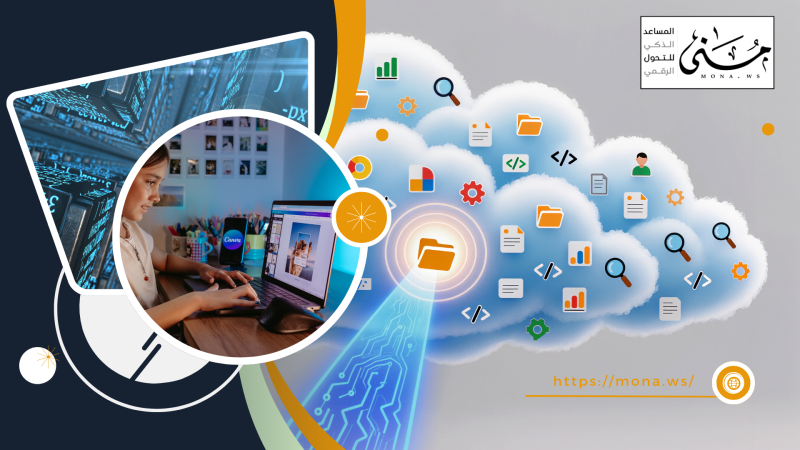

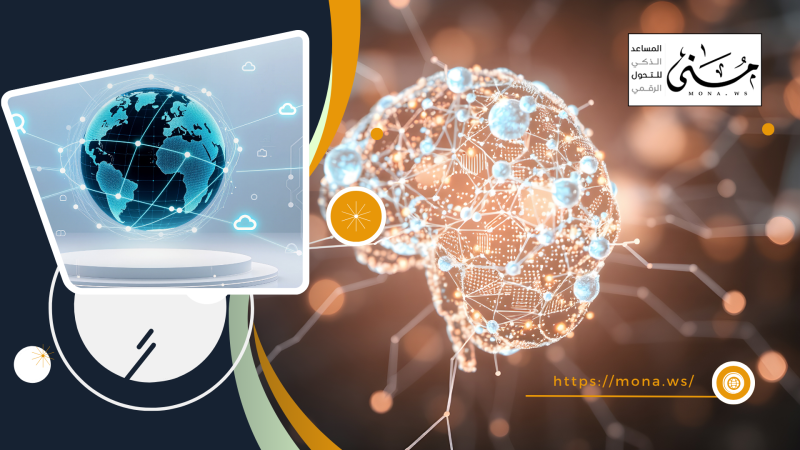
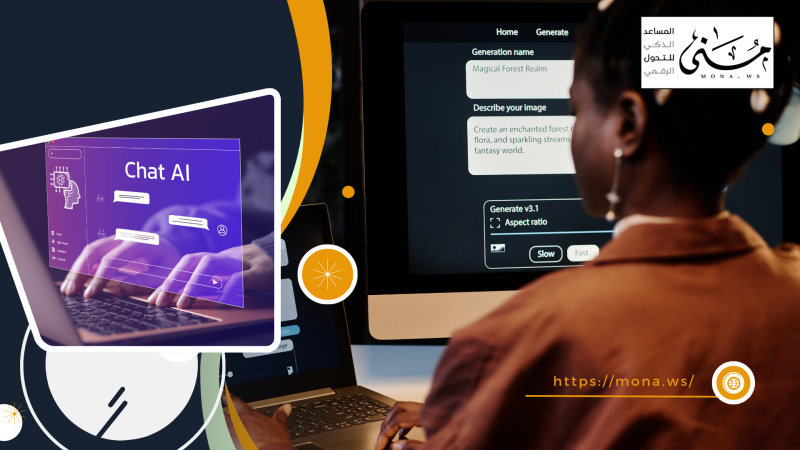
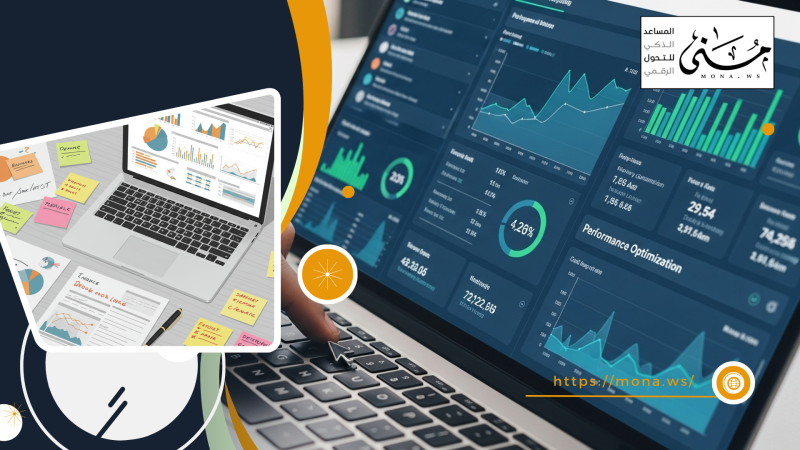

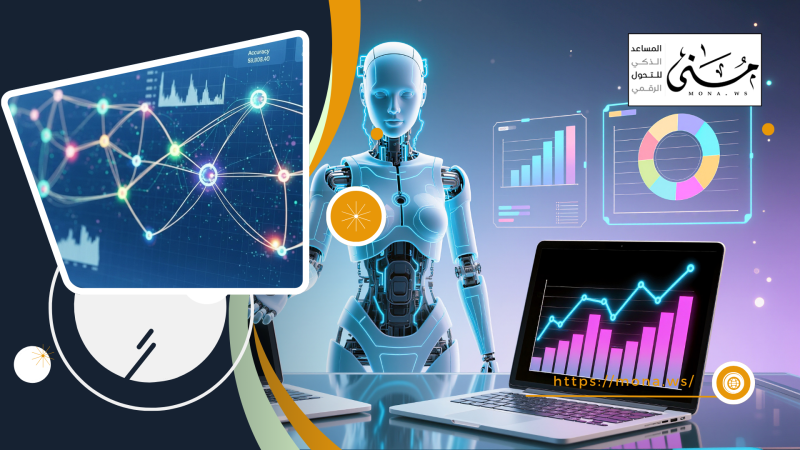

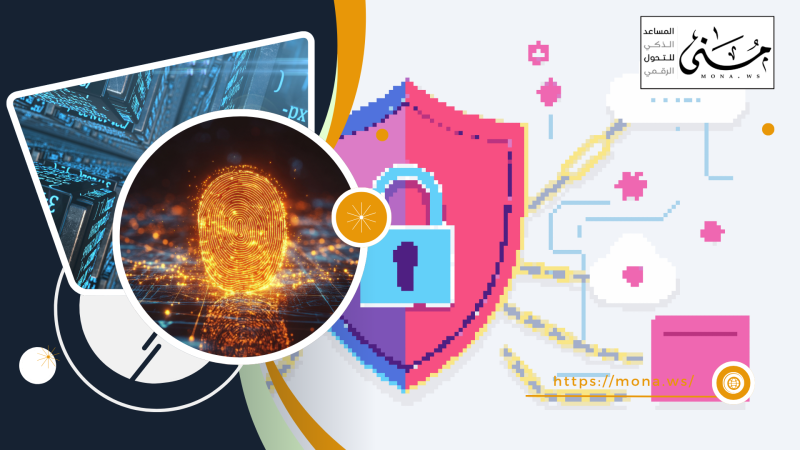
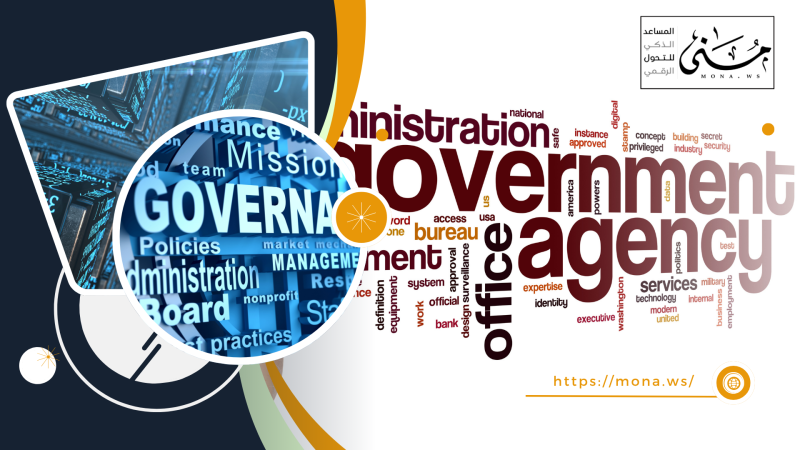
Comments
Add New Comment